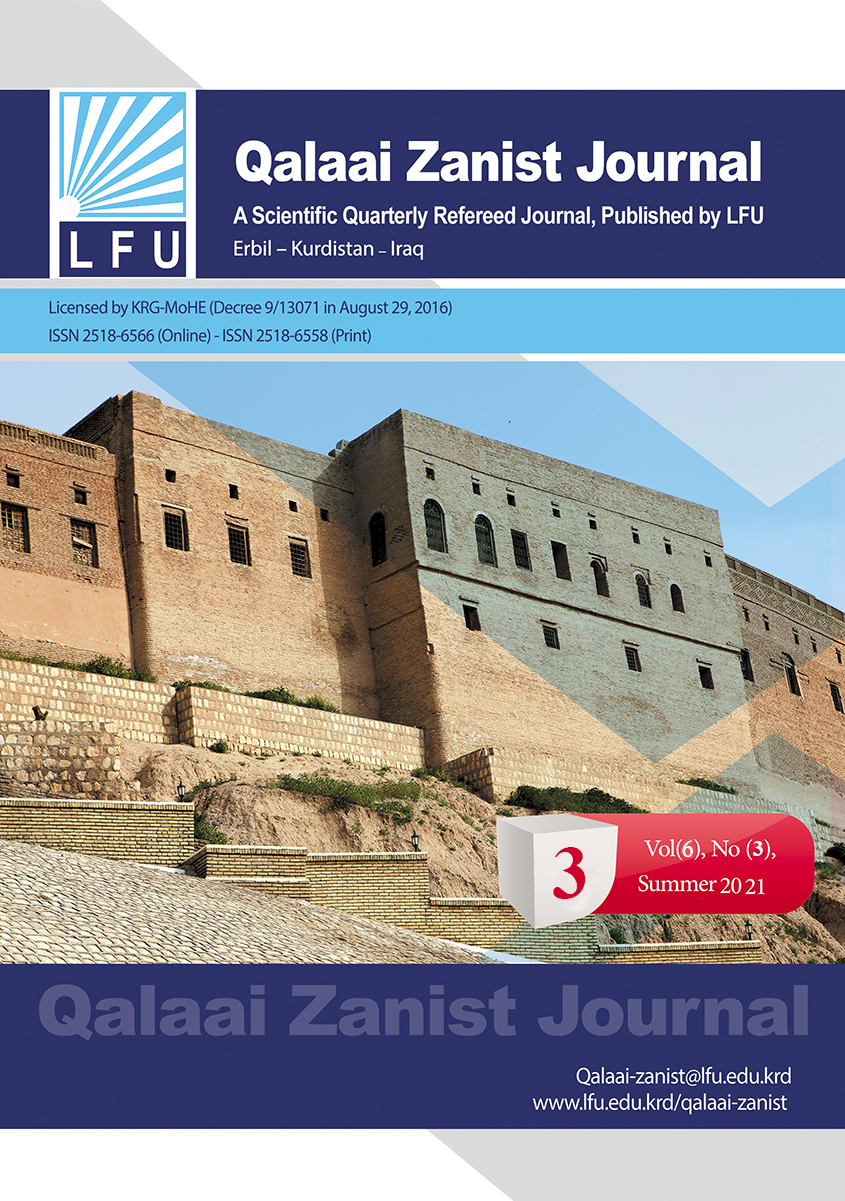Features of Application of Data Compression Methods
##plugins.themes.bootstrap3.article.main##
Abstract
The article describes the known methods of data compression, considers the features of compression statistical and linguistic methods, with and without losses, relatively static and dynamic models. The capabilities of archivers are described and discusses the various data compression techniques, including statistical and linguistic methods, with and without losses, as well as relatively static and dynamic models. Archivers' capabilities are listed. Data compression is used everywhere. Without data compression a 3-minute song would be over 100Mb in size, while a 10-minute video would be over 1Gb in size. Data compression shrinks big files into much smaller ones. It does this by getting rid of unnecessary data while retaining the information in the file. Data compression can be expressed as a decrease in the number of bits required to illustrate data. Compressing data can conserve storage capacity, accelerate file transfer, and minimize costs for hardware storage and network capacity.
Downloads
##plugins.themes.bootstrap3.article.details##
How to Cite
Copyright (c) 2021 Noura qusay Ebraheem، Mohammed Sardar Ali

This work is licensed under a Creative Commons Attribution 4.0 International License.

